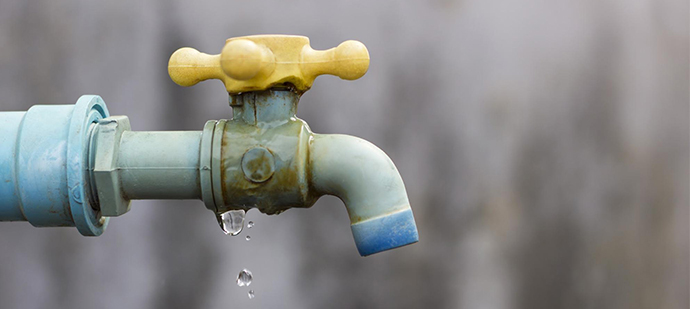Guide To Water Leak Discovery In Your Home
Guide To Water Leak Discovery In Your Home
Blog Article
What are your thoughts on Detecting hidden plumbing leaks?

Early detection of leaking water lines can minimize a possible disaster. Some small water leaks might not be noticeable.
1. Check Out the Water Meter
Every home has a water meter. Examining it is a guaranteed manner in which helps you discover leakages. For beginners, switch off all the water sources. Guarantee nobody will flush, make use of the faucet, shower, run the cleaning maker or dish washer. From there, go to the meter and also watch if it will certainly change. Considering that nobody is using it, there need to be no motions. That shows a fast-moving leak if it moves. If you identify no changes, wait a hr or two and check back once again. This suggests you might have a slow leak that might even be below ground.
2. Examine Water Intake
If you spot unexpected changes, regardless of your usage being the very same, it means that you have leakages in your plumbing system. A sudden spike in your costs suggests a fast-moving leakage.
A constant increase every month, also with the same routines, shows you have a sluggish leakage that's also slowly rising. Call a plumber to thoroughly inspect your home, especially if you really feel a cozy location on your floor with piping beneath.
3. Do a Food Coloring Examination
When it comes to water consumption, 30% comes from commodes. Examination to see if they are running effectively. Drop specks of food color in the storage tank and also wait 10 minutes. If the color in some way infiltrates your dish during that time without flushing, there's a leak between the container as well as dish.
4. Asses Outside Lines
Do not forget to examine your outdoor water lines also. Test spigots by connecting a garden hose pipe. Must water permeate out of the link, you have a loose rubber gasket. Replace this as well as make certain all links are tight. It will certainly aid obtain it professionally examined and maintained yearly if you've got a sprinkler system. One tiny leak can waste tons of water and also increase your water bill.
5. Check as well as Examine the Circumstance
Property owners should make it a practice to check under the sink counters and also also inside cabinets for any kind of bad odor or mold and mildew growth. These two warnings show a leak so prompt focus is needed. Doing routine inspections, also bi-annually, can save you from a major trouble.
Check for stainings and also deteriorating as many devices as well as pipes have a life span. If you presume leaking water lines in your plumbing system, do not wait for it to intensify.
Early discovery of dripping water lines can alleviate a potential calamity. Some little water leaks may not be visible. Checking it is a proven means that helps you uncover leaks. One small leakage can squander tons of water and increase your water bill.
If you presume dripping water lines in your plumbing system, don't wait for it to rise.
WARNING SIGNS OF WATER LEAKAGE BEHIND THE WALL
PERSISTENT MUSTY ODORS
As water slowly drips from a leaky pipe inside the wall, flooring and sheetrock stay damp and develop an odor similar to wet cardboard. It generates a musty smell that can help you find hidden leaks.
MOLD IN UNUSUAL AREAS
Mold usually grows in wet areas like kitchens, baths and laundry rooms. If you spot the stuff on walls or baseboards in other rooms of the house, it’s a good indicator of undetected water leaks.
STAINS THAT GROW
When mold thrives around a leaky pipe, it sometimes takes hold on the inside surface of the affected wall. A growing stain on otherwise clean sheetrock is often your sign of a hidden plumbing problem.
PEELING OR BUBBLING WALLPAPER / PAINT
This clue is easy to miss in rooms that don’t get much use. When you see wallpaper separating along seams or paint bubbling or flaking off the wall, blame sheetrock that stays wet because of an undetected leak.
BUCKLED CEILINGS AND STAINED FLOORS
If ceilings or floors in bathrooms, kitchens or laundry areas develop structural problems, don’t rule out constant damp inside the walls. Wet sheetrock can affect adjacent framing, flooring and ceilings.
https://www.servicemasterbyzaba.com/blog/how-to-detect-water-leakage-in-walls/

We had been introduced to that write-up on Finding hidden leaks through someone on our other domain. Enjoyed reading our review? Please share it. Let somebody else locate it. Thank-you for going through it.
Report this page